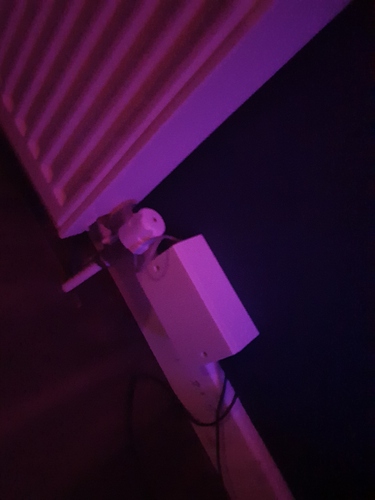Just an update - works to perfection. The wife is actually beaming. Previously she hated it, but liked the cost savings.
Edit. Pics. Inside that double back box, there's a nodemcu connected to a 3v relay controlling when the ac power is able to flow to the thermal actuator. All looks quite slick, to be honest. Also purchased a few momentary buttons. Plan is to have a button on the box to activate a 20 min boost, which is currently only done via software. A light too to show when the valve is active.
To be even more mother-in-law friendly, I'm going to build a control box, and mount one per floor in the hallway. Labelled with a few LEDs with boosts for each room via switches. Probably have buttons for enabling and disabling schedules for the rooms too. It's all quite simple when you break it down.


